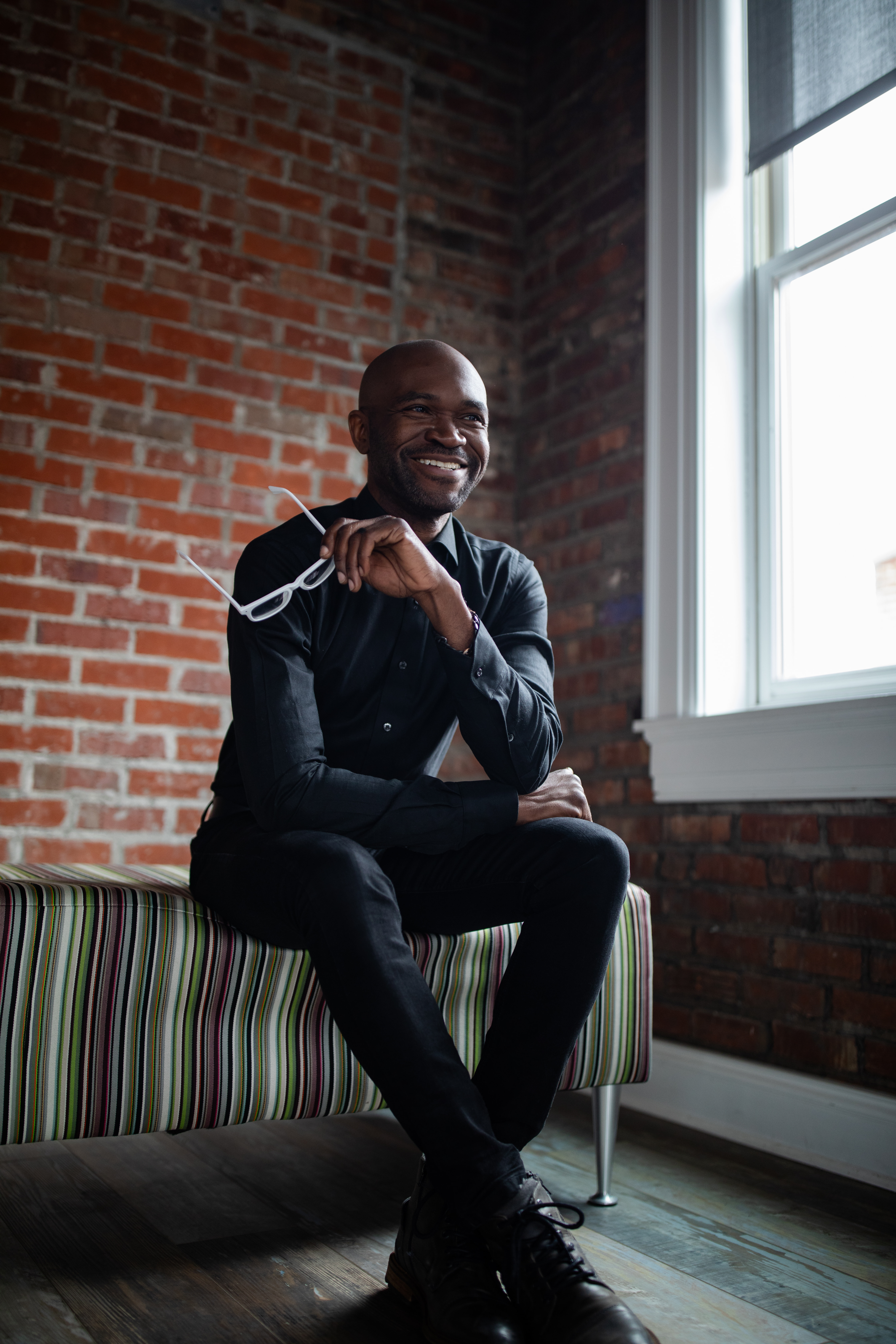The recent primary election in Columbus City Council District 7 laid bare more than just voter preferences—it reflected the continued racial and neighborhood divides that shape our city. As I watched the votes roll in, studied the results, and saw how starkly geography and identity aligned with the outcome, I couldn’t help but wonder: What might the map have looked like if a gay Black man—one deeply rooted in both community and coalition—had been on the ballot?
I’m not writing this from a place of regret, but reflection.

Had I been on the primary ballot, would the communities that showed up for Tiara Ross have embraced my vision for inclusive growth and justice? Would those who supported Jesse Vogel have seen my candidacy as a bridge between policy innovation and lived experience? Or, would my intersecting identities—queer, Black, independent—have rendered me politically illegible to voters accustomed to more linear narratives?
It’s easy to speculate. What’s harder—but far more important—is to ask what this election reveals about how we show up for each other across lines of race, gender, sexuality, and class.
District 7 is complex and vibrant—as is Columbus. Like Columbus District 7 deserves leadership that doesn’t just reflect one part of the community—but works to unify all parts. As we move toward the general election in November, I hope we can challenge ourselves to vote not only for the candidate who looks like us or lives near us, but for the one who truly sees all of us.
Whether or not my name is ever on a ballot again, I remain committed to that work—and to helping Columbus grow into a city where every identity is seen, respected, and represented.
—Densil

